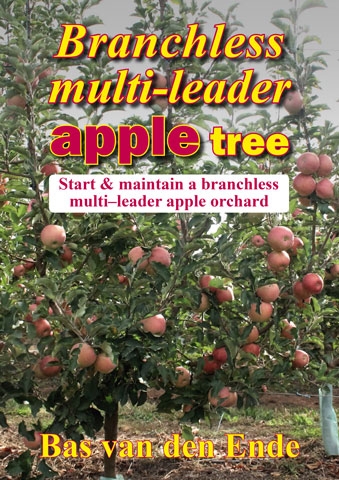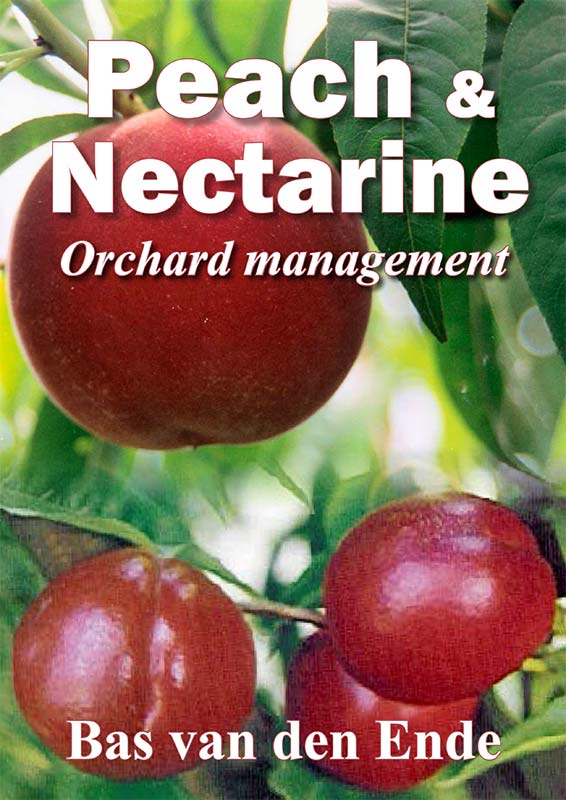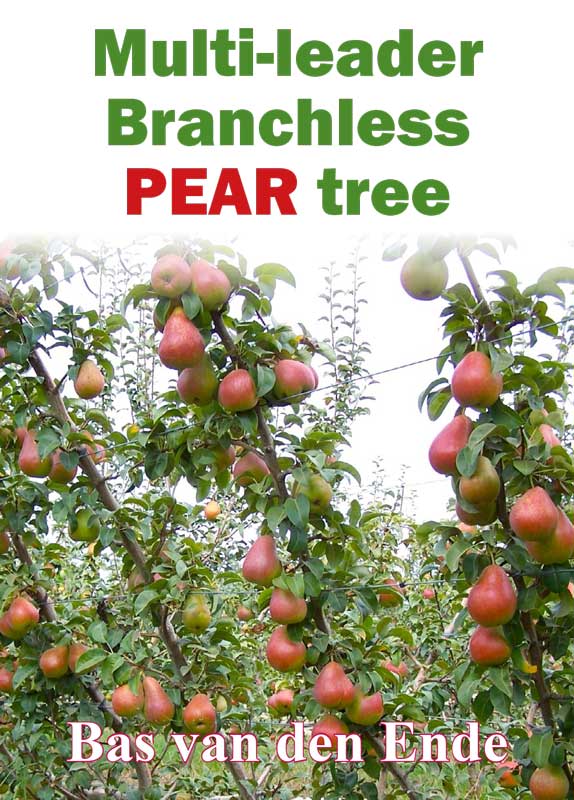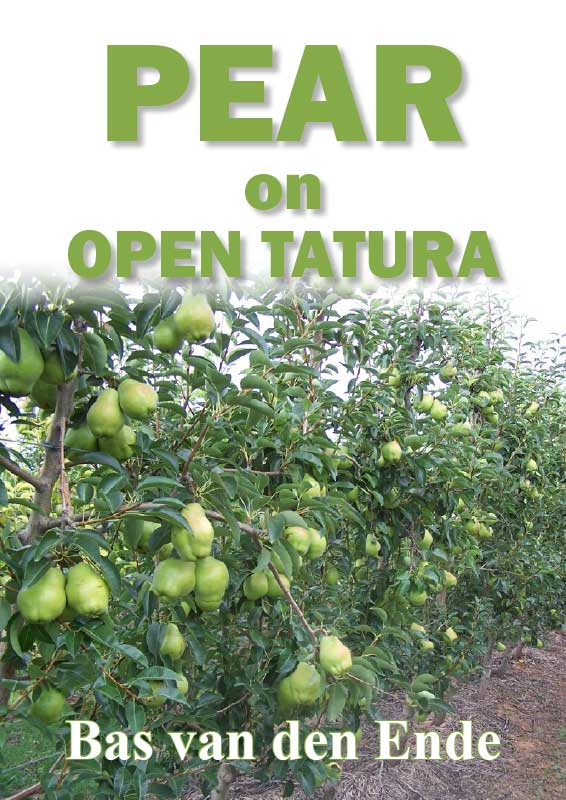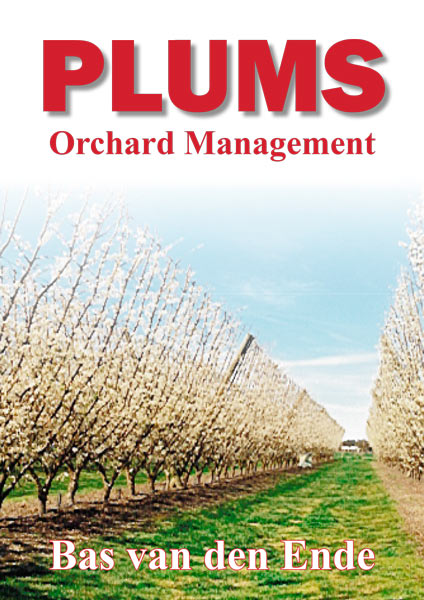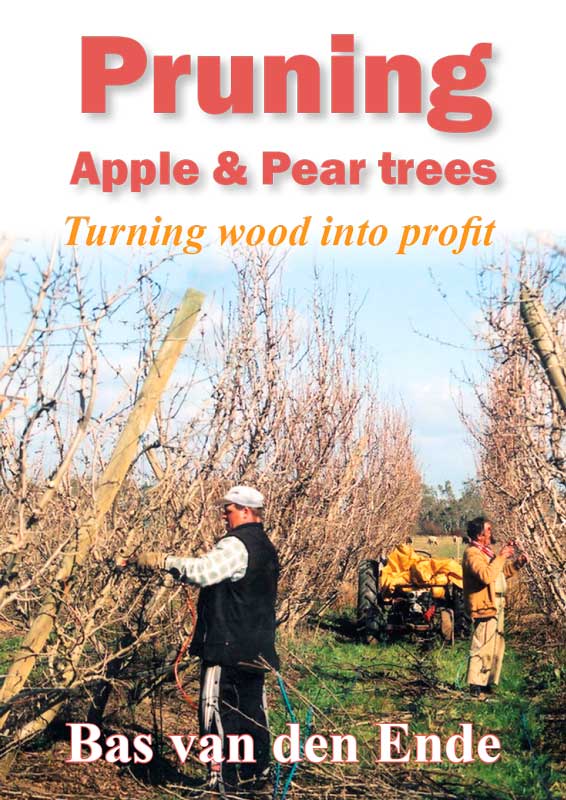For apple or pear scab to occur, the leaves or fruit must remain wet over a long enough period to allow germination of the fungal spores that cause the disease.
Warm, wet conditions between 17C and 20C are ideal for infection.
Non-pesticide management
Orchard sanitation, particularly during autumn, helps to reduce scab carry over.
The first infections of the new season are caused by spores which overwinter on infected leaves on the orchard floor.
Anything that reduces the number of leaves also reduces the pressure intensity of early disease.
Treat leaves on the tree just before leaf fall with a nitrogenous fertiliser to hasten leaf breakdown.
Mulch the leaf litter after leaf fall by sweeping and then using a mechanical shredder, slasher or flail mower to chop leaves into small pieces which then break down more rapidly.
Combine leaf mulching with a ground application of a nitrogenous fertiliser.
Apples: postharvest to pre-leaf fall
Remarks about treatments
This postharvest treatment (urea) is recommended for reducing the primary spore population which overwinters in leaves.
It is a valuable supplement to scab control and should be used annually, but is especially valuable after a bad scab year.
Urea has some nutritive value.
Apply after picking but not before the end of April. It is essential to thoroughly cover lower surfaces of leaves.
If necessary, apply a light ground spray to contact all fallen leaves—no special attention to a ground spray will be necessary where dilute sprays by air-blast are used.
Better results can be expected if the orchard floor is clean at the time of spraying.
Any treatment such as mowing and mulching that hastens leaf breakdown will help to reduce overwintering scab
Warnings:
some damage by urea to spurs and laterals has occurred in very dry seasons
care should be taken to avoid over-spraying with urea. This is most likely to occur on headland trees.
Woolly aphid
Vigorous trees with shady interiors or located next to shaded windbreaks are often the first trees to be infested with woolly aphids because of the higher humidity.
Low humidity, temperatures above 25C and direct sunlight reduce the rate of woolly aphid development within trees.
Non-pesticide management
Pay extra attention to pruning vigorous trees. It is important to maintain an open canopy.
Woolly apple aphid is also prone to attack by the parasitic wasp Aphelinus mali.
Note: If careful observation of WAA colonies shows that there are many black bodies, and small wasps are observed in the surrounding foliage, delay spraying pesticides. The biological control agent is likely to provide sufficient control.
Apples: postharvest to pre-leaf fall
Remarks about treatments
Mark infested trees in late summer or autumn to help identify trees to be treated in the following spring, but read product label for restrictions.
Alternatively, apply an approved product as a postharvest spray when a lot of leaves have fallen. Monitor for infestations in the following spring.
Download the Orchard plant protection guide
See this article in Tree Fruit April 2019

